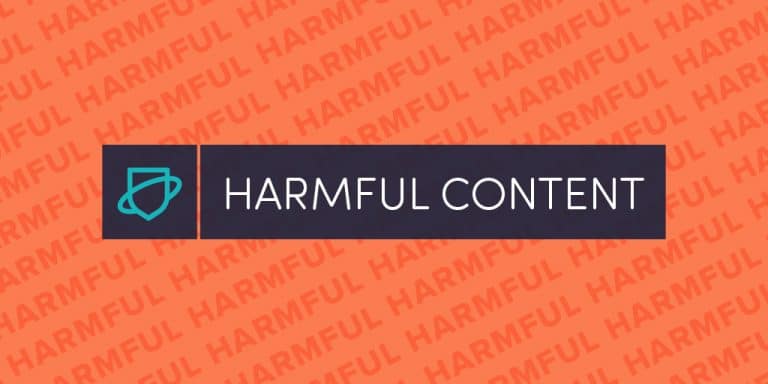Protected: Aotearoa New Zealand Code of Practice for Online Safety and Harms draft
There is no excerpt because this is a protected post.
There is no excerpt because this is a protected post.

Learn what the “infringing file sharing” changes to the Copyright Act mean for schools.

We can all play our part in online safety and security at home by learning about the different challenges you may find online

The Harmful Digital Communications (Unauthorised Posting of Intimate Visual Recording) Amendment Act 2022 (Amendment Act) became law at the start of March 2022. The amended Harmful Digital Communications Act (HDCA, ‘the Act’) introduces a new criminal offence, which will be dealt with by Police. The offence is intended to help individuals keep intimate visual recordings…

A look at school’s responsibilities in collecting, storing and using the private information it gathers.